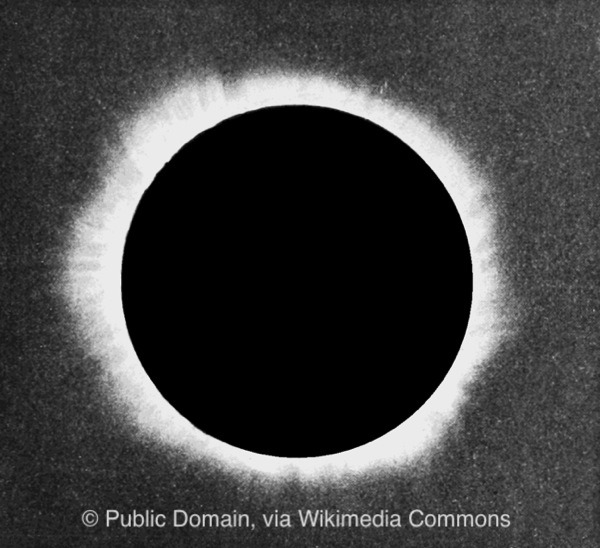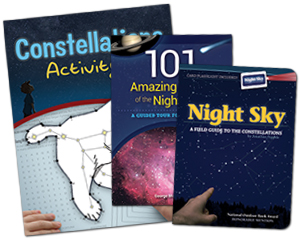
Solar Eclipse Generates Interest in the Night Sky
 The solar eclipse is coming. On Monday, August 21st, North Americans get to experience one of the rarest and most awesome sights in nature: The path of the moon will perfectly intersect with the path of the sun at just the right time, causing the moon to either partially or fully block the sun from view (depending upon your location). Not surprisingly, this incredible phenomenon has created a great deal of buzz across the continent, and it has people of all ages gazing skyward. The upcoming event offers an ideal excuse to introduce friends and family—especially children—to the night sky.
The solar eclipse is coming. On Monday, August 21st, North Americans get to experience one of the rarest and most awesome sights in nature: The path of the moon will perfectly intersect with the path of the sun at just the right time, causing the moon to either partially or fully block the sun from view (depending upon your location). Not surprisingly, this incredible phenomenon has created a great deal of buzz across the continent, and it has people of all ages gazing skyward. The upcoming event offers an ideal excuse to introduce friends and family—especially children—to the night sky.
About the Solar Eclipse
Mark your calendar, and make plans to be outside when the time is right. But when exactly is that? And what exactly will you see* (weather permitting)? The answers depend on where you are located. NASA lays out this information quite well on its “Eclipse 101” pages. In Oregon, your optimal viewing time is around 10:20 a.m. PDT. In Missouri, it’s about 1:15 p.m. CDT. South Carolina has to wait until around 2:40 p.m. EDT.
Only those people in what is called the “path of totality” will get an opportunity to see a total solar eclipse. This path is a line, about 70 miles wide, from northern Oregon to central South Carolina. The rest of the continent—and parts of northern South America—will be able to see a partial eclipse.
Interest in the Night Sky
If you or someone you know is excited to witness this unique occurrence, you don’t need to wait until then to be awestruck. Stargazing is similarly breathtaking, and it can be done on any clear night. From constellations to planets to galaxies, the sky is filled with wonders; many can be seen with the naked eye or with a simple pair of binoculars.
 Getting Started
Getting Started
With the upcoming solar eclipse, AdventureKEEN’s stargazing titles are as popular as ever. These effective, best-selling resources make any stargazing endeavor even better, whether you’re a first-timer or a seasoned pro. The Night Sky field guide helps readers to easily locate 62 constellations by telling them where and when to look in relation to the Big Dipper. The Constellations Activity Book is a kid-friendly introduction filled with dot-to-dots and other fun activities. 101 Amazing Sights of the Night Sky goes beyond our favorite star patterns, providing details on how to see the best non-constellation-related celestial objects and occurrences.
*Important note: Never look directly at the sun without proper eye protection—regular sunglasses are not enough. Click here for more information about how to keep your eyes safe during the solar eclipse.


